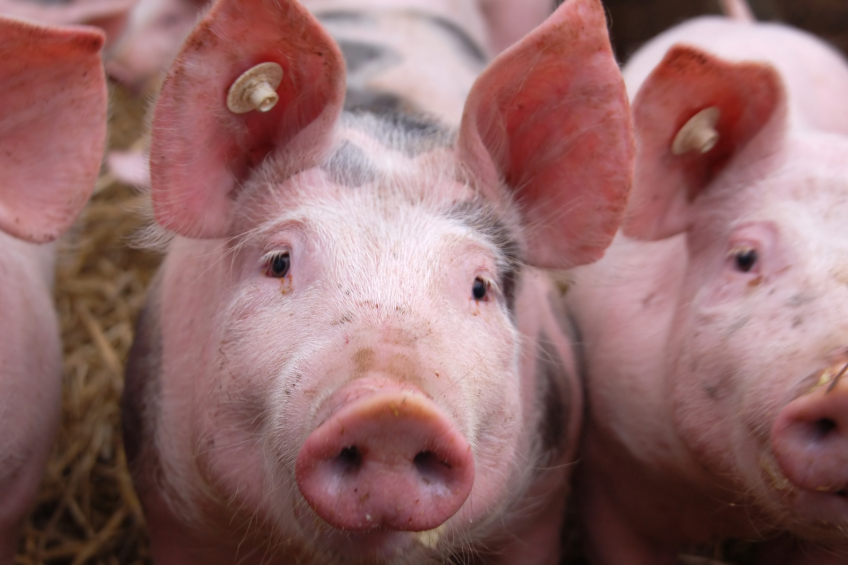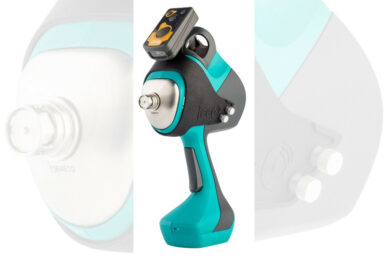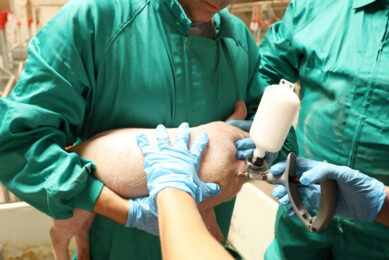BLOG: Eradication of diseases – to reduce antibiotic use

The EU’s DG –Agri’s European Innovation Partnership for Agricultural Productivity and Sustainability (EIP-AGRI) produced an extensive report on ‘Reducing antibiotics in pig farming.’ In the committee stage, we spent much time looking at various options and one of these, of which I was a keen advocate, was the eradication of endemic diseases that had infiltrated many of our herds, such as PRRS virus, enzootic pneumonia (EP), caused by Mycoplasma hyopneumoniae and Actinobacillus pleuropneumoniae (APP). This combination of infections frequently requires the extensive use of antibiotic medication to control their clinical effect, so our basic premise was if we have not got the diseases then our usage of antibiotics would drop dramatically.
We were asked to look at two farms in Scotland and to develop programmes to attempt to eradicate certain infections. Farm 1 had a combination of PRRSV, EP, APP, Influenza and also Streptococcus suis, which primarily affected the young weaner pigs. The farm comprised a 450 sow breeder and grower unit and separate, off-site finisher units. The opportunity arose, as they also wanted to replace their weaner/grower accommodation and were having to depopulate the 4-10 week old pigs anyway and send them to bed and breakfast at another farm. This allowed us to focus on the breeding unit, which could be considered to have a high level of immunity to the infections although PRRSV was actively circulating.
18 months before producing piglets again
The programme takes basically twelve months from the start to when new clean, home-bred gilts can be used for breeding, so before they are producing piglets it is nearly 18 months. Gilts came from the finishing sheds so could be considered highly infectious but sufficient numbers were required to stockpile for replacements during the year. Slowing the culling rate of sows was also necessary to maintain productivity. Fortunately, all could be kept on one site. Only semen for AI was brought in, otherwise the herd was closed from the start.
The pig vaccination programme
The basic PRRSV programme comprised of triple vaccinating all breeding stock including the gilt pool. A killed vaccine was used first (Progressis – Merial) followed by two live vaccines (Porcilis PRRS – Merck) at monthly intervals. As the gilts were coming from the finishing sheds they were vaccinated for EP (M+Pac – Merck) and injected with tulathromycin (Draxxin – Zoetis ) to help clean up any lung infections and eliminate lesions before the start of the medication programme, when they were 10 months of age. Piglets were checked for PRRSV, using blood samples and culture, and ropes for their saliva tests by PCR. This part of the programme took 4-5 months.
To eliminate M. hyopneumoniae, tiamulin (Denagard – Elanco) was used in feed to give 10mg tiamulin/kg bodyweight for 4 weeks to the entire breeding herd. This meant inclusion rates of 1000ppm in the dry sow feed and in this case the lactating sows were given a top up of non-medicated feed, but normally we halve the inclusion rate to about 500ppm. Piglets that were from potentially infected sows were injected with tulathromycin on a weekly basis and when they reached 4 weeks of age, they were weaned and were taken away from the farm, until piglets came through that had come from sows that had been fully medicated and then these were allowed into the new weaner sheds. In the 4th week of medication the sows were treated with marbofloxacin (Forcyl – Vetoquinol) at half dose of 4mg/kg bodyweight but twice at 48 hours interval, to make sure all the sows were treated. This was used to eliminate the APP, as the isolate was macrolide and tetracycline resistant.
Preparing the finishing farm
The finishing farm was depopulated and cleaned and disinfected ready to receive the clean pigs. These were tested at 9 weeks just before they moved and were shown to be free of PRRSV, EP and APP, but they did have occasional streptococcal meningitis cases, but they were not on routine medication as before. Eventually, finishing pigs were coming off the farm and these were examined at slaughter and their lungs scored for EP lesions and pleurisy (see Table 1) using the Quality Meat Scotland (QMS) system.
From the ‘before’ scores there was active EP lesions in spite of vaccination; active APP lesions as well as a very high incidence of pleurisy, associated with the APP infection, well above the QMS average. There was a background pericarditis, which may be associated with the S. suis or possibly Haemophilus parasuis. After the eradication programme, the EP and APP lesions disappeared and the pleurisy had dramatically reduced.
Current status on pig farm 1 after programme
To date they have stopped vaccinating sows for PRRSV and piglets for EP but continue with PCV2 vaccines. There is no routine use of antibiotics but occasionally they have had to treat groups for streptococcal meningitis. Finishers are reportedly coming through the system 3 weeks earlier.
Programme on pig farm 2
On Farm 2, of a similar size, but being a breeder finisher on one site, required the growing and finishing side to depopulate. Upgraded grower accommodation was going to be installed. Although they had PRRSV, EP and APP they decided that if they could eliminate the first two infections the second one would be more manageable and the programme less costly. A similar stockpiling of gilts was carried out but they were able to go to a separate isolated site and could be brought back in as required after the programme and had been checked for freedom of PRRSV and EP. They all went through the triple PRRS vaccination but instead of the use of tiamulin alone we used a combination of 5mg tiamulin/kg bodyweight plus 15mg of chlortetracycline (Aurofac – Zoetis)/kg bodyweight for 4 weeks to eliminate the mycoplasma.
The first pigs have now come through the new system and their lungs were checked (see Table 2).
Current status on pig farm 2 after programme
It is early days on Farm 2 but no lesions were recorded. There have been some issues possibly associated with H. parasuis or Glässer’s disease but the presence of the organism has not been confirmed. All routine medication has stopped although affected pigs have been injected.
In conclusion, the elimination of the common endemic infections such as PRRSV, EP and APP that have been with us for so long can be eradicated with good planning and the use of vaccination and suitable medication programmes, while still allowing the farms to continue to produce. It is not simple but the long term benefits, providing their biosecurity is good, should stand them in good stead for the future with very little use of antibiotics.
Sincere thanks for their support and advice should go to the vets involved, Drs Bruce Bremner, Rachelle Grogan, Nigel Woolfenden and Ricardo Neto.











